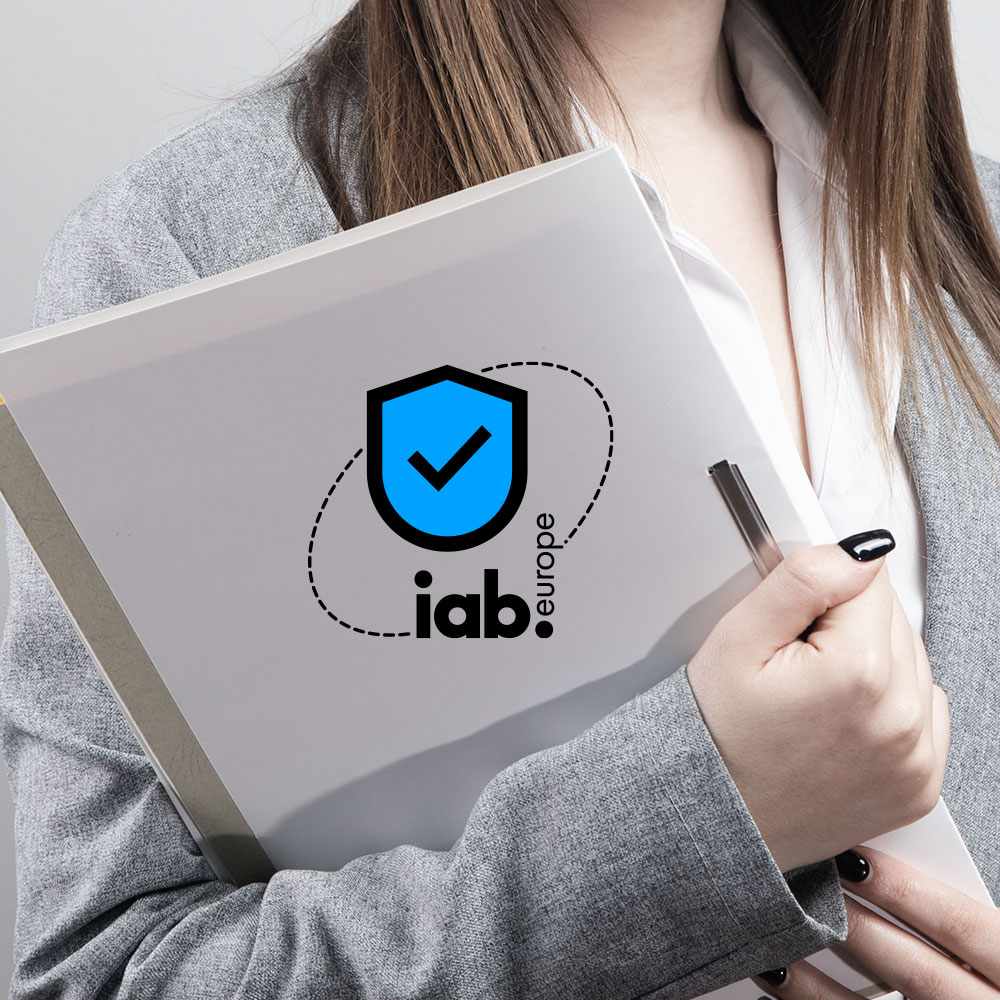As we say goodbye to third-party cookies, businesses must adapt. Website operators need a new way to identify users, learn about their activities, and share data with partners in a way that’s privacy-compliant and not browser-dependent.
Server-Side Tagging and tracking (SST) are a part of this next leap forward. Together, these two concepts offer a privacy-focused solution to collecting online data that’s gaining momentum.
Why server-side is rising: The shift from client-side tracking
For years, client-side tracking has dominated digital analytics. But this model is rapidly being replaced by server-side solutions. There are several compelling reasons:
- Privacy regulations: The General Data Protection Regulation (GDPR), California’s Consumer Privacy Act (CCPA), and other laws require stricter control over personal data
- Browser restrictions: Chrome, Safari, Firefox, and others are limiting third-party cookies and tracking capabilities
- Ad blockers: There is growing adoption of technologies that can prevent client-side scripts from executing
- Performance optimization: Client-side tags slow down websites, affecting both user experience and SEO
- Data accuracy challenges: Client-side tracking increasingly suffers from data gaps and attribution issues
What is server-side tracking?
Although server-side tracking and tagging both use a server for data management, the two concepts are distinct. Server-Side Tagging refers to the implementation of tracking tags on the server side.
Meanwhile, server-side tracking refers to the process of collecting user interaction data on your own server, instead of relying solely on scripts running in a user’s browser.
This shift gives businesses significantly more control over what data is collected, how it’s processed, and who it’s shared with.
“Server-side tracking enables companies to improve accuracy, reliability, and data completeness compared to client-side tracking. It reduces dependency on browser-based cookies and scripts, which can often be blocked or limited by users and browsers.” — Tom Wilkinson, Senior Marketing Consultant
Unlike client-side tracking, which can be disrupted by ad blockers or browser privacy settings, tracking server-side captures the data post-request, after it reaches your server. This means:
- Higher data integrity
- More consistent attribution
- Stronger user privacy management
Server-to-server tracking also aligns more naturally with modern privacy frameworks, which require businesses to have transparent control over personal data processing. This approach is becoming increasingly important as server-side cookies provide a more reliable alternative to client-side methods.
Server-side analytics tracking
Server-side analytics tracking involves collecting user data directly on your server, rather than in a user’s browser. This method offers greater control, performance benefits, and improved privacy compliance. It’s an increasingly popular choice for businesses focused on data accuracy and user experience.
With server-side tracking, you decide what data to collect, how it’s processed, and when it’s shared with third parties.
This not only enhances compliance with privacy regulations like the GDPR and the CCPA, but also helps avoid issues caused by browser restrictions and ad blockers. Plus, since less tracking code runs in the user’s browser, websites often load faster, leading to a better overall experience.
Google Analytics 4 (GA4) is a widely used tool for implementing server-side tracking. It’s user-friendly, integrates with many platforms, and benefits from a large support community.
In your Google server-side tracking setup:
- Data is collected by your server, then forwarded to Google Analytics
- This enables you to filter, anonymize, or enrich data before it reaches third-party platforms
- You have the flexibility to determine what is shared for improved compliance and control
Google Analytics 4 server-side also provides more reliable insights by mitigating browser-side limitations. It is therefore especially valuable for tracking complex user journeys across devices or apps.
Google Analytics is a powerful tool for understanding your website’s performance. But is using it GDPR-compliant? Here’s what you need to know about Google Analytics 4 and GDPR compliance.
Google Ads also benefits from server-side tracking. By processing conversion data on your server before sending it to Google, you can maintain accurate attribution even when cookies are blocked or deleted.
A Google Ads server-side tracking approach is more resistant to ad blockers, enhances privacy compliance, and provides visibility into the full customer journey across devices and browsers. In short, it helps your marketing team measure campaign effectiveness more reliably.
What is Server-Side Tagging?
If server-side tracking is the what, Server-Side Tagging is the how.
Server-Side Tagging is a different approach to tracking data. With Server-Side Tagging, both your website and your users’ data are hosted on a secure, centralized server. This gives you more control and protection over users’ personal data, as required by data privacy regulations.
“Server-Side Tagging is a mechanism where tracking tags — pixels, scripts, analytics events — are managed and executed on a server-side environment rather than directly in the user’s browser.” — Tom Wilkinson, Senior Marketing Consultant
Server-side tags act as a centralized, protective buffer between your users and third-party vendors seeking to track data. They prevent third parties from having direct access to data collection from websites, including users’ personal data. This helps provide better control and security.
Client-side tagging vs. Server-Side Tagging
Client-side and Server-Side Tagging each has its own benefits.
Client-side tagging is the most common tracking method. It relies on tags that run in the user’s browser, sending data directly to various third-party servers. Tag management systems (TMS) use this functionality to share data from your website with marketing technology partners.
However, in this model, data flows directly to external platforms without centralized control over how that data is accessed, processed, or stored.
When you use Server-Side Tagging, data from tags or pixels is sent to your web server, not third-party platforms. From there, you control what data is forwarded to destination servers, like those used by marketing partners or analytics providers.
This method offers centralized control over data access and usage. Because all the data flows through a single, controlled stream, you can enforce granular user consent, allowing certain technologies to run while blocking others based on users’ choices.
Google Tag Manager server-side tagging
Google Tag Manager (GTM) server-side is one of the most widely adopted tools for implementing Server-Side Tagging. It helps businesses shift from browser-based tag firing to a server-based model where tags are processed in a secure, cloud-hosted environment.
GTM’s Server-Side Tagging shifts tag management from the user’s browser to a server managed by your company. It delivers benefits like improved website performance, better data quality control, and enhanced privacy compliance.
It’s ideal for companies that need more data control and better website performance, especially those handling sensitive data or that need to meet strict privacy compliance standards.
To implement a server-side tag manager, you’ll need:
- A tagging server (often hosted on Google Cloud Platform or another server environment)
- A container configured for server-side use
- Although not mandatory, integration with a Consent Management Platform (CMP) is strongly recommended and often necessary to support lawful data processing under privacy regulations like the GDPR
Using Google Server-Side Tagging will help align tags with user consent and privacy preferences before any data is sent.
The differences between server-side tracking vs. Server-Side Tagging
While they work together, server-side tracking and Server-Side Tagging are distinct.
Think of it this way: server-side tracking is your data intake. Server-Side Tagging is your data distribution system.
Used together, they give you end-to-end control over how personal data is collected, processed, and shared.
Who is Server-Side Tagging for?
The short answer is that Server-Side Tagging is useful for a wide variety of companies and departments.
Server-Side Tagging benefits for businesses
It’s ideal for organizations that need more control over their data, better privacy, and improved data quality. For instance, companies dealing with sensitive personal data can use Server-Side Tagging to modify and control data before sharing it with third parties.
In addition, moving data processing and distribution to the server not only enhances website performance by eliminating the need for heavy third-party technologies and container tags. It also provides website administrators with greater control and auditability over data shared with third parties.
This shift bolsters website security by limiting access to the website and its data, making it foundational for establishing a corporate data strategy despite increased costs like those required for a dedicated web server.
Furthermore, as third-party cookies disappear, small businesses will also benefit from these technologies. Server-Side Tagging leverages first-party server capabilities to bring tracking closer to website content. It prevents ad blockers from blocking content and thwarting functionality like Safari’s Intelligent Tracking Prevention (ITP) from shortening HTTP cookie lifetimes or deleting those cookies entirely.
Lastly, marketing teams also see advantages. Server-Side Tagging improves visibility throughout the customer journey, which helps to increase conversion rates and return on investment from advertising.
Added control over data collection and distribution also leads to more accurate insights and better decision-making.
Read more about the 5 key benefits of server-side tracking for marketers.
Server-Side Tagging benefits for website visitors
Server-Side Tagging also enhances your website visitors’ privacy and security by effectively communicating their consent choices across systems, preventing unauthorized data collection or sharing.
This approach also limits access to and control over collected data, as companies retain control rather than give third-party vendors direct access. Ad targeting can be improved, enabling personalization while preserving privacy.
Server-Side Tagging can make data collection less visible to users, since much of the activity happens on the server rather than in the browser.
To address this, Usercentrics is working with tagging platforms to bring that visibility back. By integrating the Consent Management Platform (CMP), websites can extract and display information about data collection and purposes through the consent banner.
Server-Side Tagging benefits for third-party vendors
SST signals to third-party vendors — such as those offering customer data platforms or data warehouse solutions — that granular consent has been obtained from users regarding their data and any associated activities.
Since it provides more control, using SST can reduce the risk of data privacy violations and unauthorized data access.
Companies can also develop better communication and shared insights with vendors as they centralize control over website behavior and determine data flow.
How to implement Server-Side Tagging and tracking?
To implement Server-Side Tagging, you will need to work with a tag management system that supports it. You will also need to set up a supporting web server or use a cloud-based solution.
Once you have these in place, you can start implementing Server-Side Tagging on your website. Just follow these steps:
It’s a good idea to start small. Implement Server-Side Tagging for a single use case like GA4 or Google Ads before expanding to more platforms.
Server-side tracking, the GDPR, and compliance
There’s a common misconception that using server-side tracking means automatic compliance with the GDPR or other privacy laws. While server-side methods offer greater control, businesses are still responsible for legally compliant data management.
To meet GDPR requirements, organizations still need to collect valid, granular consent from users before processing any personal data. Server-side infrastructure enables more consistent enforcement of those choices.
When data flows through your own server, you can control exactly what’s collected, stored, and shared, and under what conditions.
One practical example is the use of Google Consent Mode. If you’re using Google Tag Manager for Server-Side Tagging, pairing it with Consent Mode enables websites to communicate a user’s cookie preferences directly to Google tags. The tags then adjust their behavior based on those preferences, for example, by withholding marketing cookies until consent is granted.
This is important for maintaining legally compliant data processing while preserving the ability to measure campaign performance.
However, it’s important to note that the GDPR’s requirements aren’t the only ones to consider. Implementing server-side tags doesn’t automatically ensure compliance with ePrivacy Directive requirements, which govern electronic communications and cookie usage in the EU.
While the GDPR focuses on how personal data is handled, the ePrivacy Directive sets the rules for storing or accessing data on a user’s device. Both apply when it comes to tracking.
The bottom line is that server-side tracking gives you stronger tools for enforcing privacy, but real compliance still requires a well-structured, deliberate approach.
Server-side tagging and cookies
Server-Side Tagging doesn’t mean getting rid of all cookies. Whether you use Google’s Server-Side Tagging or another tool, you will still be using tracking cookies. They’re used to monitor user interactions and sustain states, reducing dependence on client-side cookies alone.
Unlike client-side cookies, you manage server-side cookies directly via the server of your choice. This offers enhanced flexibility and more control over your data management processes.
So, server-side cookies are not a bad thing. They will actually help you achieve and maintain GDPR compliance by providing you with additional control over data handling and user privacy.
Building a privacy-first future with server-side infrastructure
As Google continues to phase out third-party cookies in Chrome through 2025, the shift toward stricter privacy standards is creating real challenges for digital marketing. Instead of waiting for cookies to disappear completely, many businesses are proactively developing long-term strategies built around first-party data.
Usercentrics’ server-side tracking helps make that shift easier. Our solutions help you to:
- Build a first-party data strategy that’s future-ready
- Keep conversion tracking accurate and campaigns running smoothly
- Stay compliant with privacy laws like the GDPR and the CCPA
- Speed up your site by cutting down on browser-side scripts
By combining server-side tracking with our consent platform, you can keep full control over your data while respecting users’ privacy choices.





